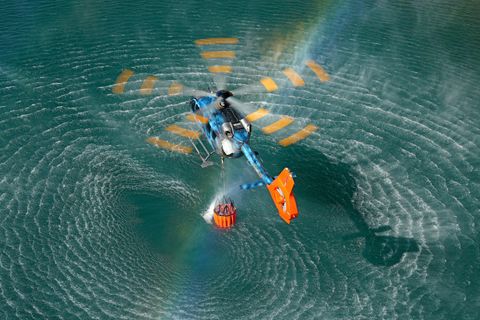The Latin American ally: Supporting population from the jungle to the coast with the C295
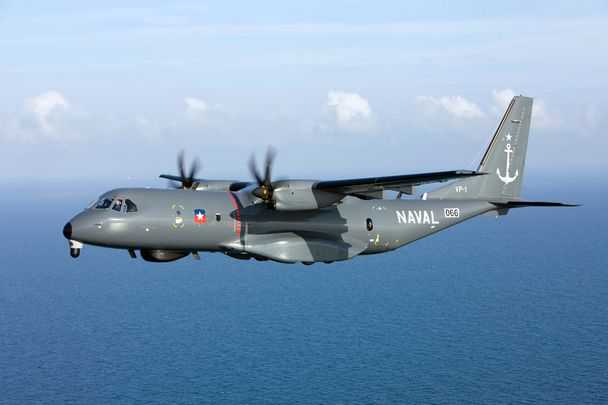
Latin America is characterised by countries with diverse topography, including inaccessible natural enclaves that can be a challenge for the daily work of the Armed Forces and emergency services; having the appropriate means and speed of deployment are therefore vital to the success of any mission.
The C295 medium tactical transport aircraft has become a key asset for the day-to-day operations of the countries in this region due to its versatility and reliability in the most demanding weather conditions, and adapting to different operational needs. It is available for everyday tasks, such as the transport of personnel, goods or coastal surveillance, as well as for more complex missions in response to accidents or natural disasters, like hurricanes, fires and earthquakes, which require search and rescue, detection and monitoring, or access to remote locations with unprepared terrain.
Deployment from the north to the south of the region
The history of the C295 in Latin America begins in the 2000s, when a need arose to renew the fleet of military transport aircraft in the region. The first operator was the Brazilian Air Force in 2005, with an order for 12 aircraft. The Colombian Air Force followed in 2007, with four aircraft, and the Chilean Navy, with three in maritime patrol configuration (MPA). Mexico joined in 2009, with five aircraft for its Air Force and two for the Navy. Both operators repeated orders in the following years, as did Colombia and Brazil, the latter acquiring its three aircraft in search and rescue (SAR) configuration. The youngest C295 operator in the region is Ecuador, with a current fleet of three aircraft acquired by the Air Force in 2015.
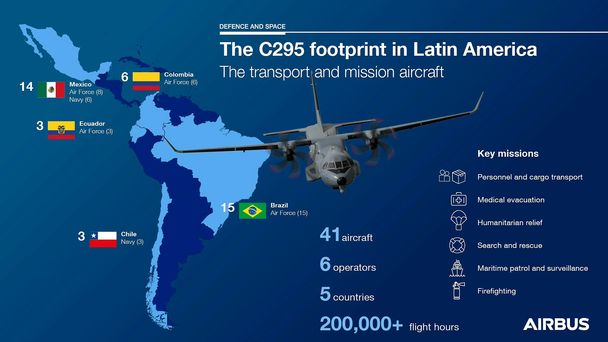
The regional C295 fleet, with a total of 41 C295 aircraft from six operators in five countries, have already carried out more than 200,000 flight hours, showing the aircraft’s key role in the region. It is an aircraft that has evolved over the years, introducing modifications, such as winglets, which improve its performance and reduce fuel consumption, and the modernisation of avionics with touch screens adapted to both present and future needs.
However, the success of the C295 in Latin America cannot be understood without looking back to its predecessors: the C212 and the CN235, two transport and surveillance aircraft that have been, and continue to be, essential for the different national fleets. Since the 1970s, a total of 91 C212s and 24 CN235s have crossed Latin American skies and, today, more than 110 Airbus Defence and Space military aircraft are operational in the region.
Tactical transport with rapid adaptation to the local environment
In different emergency situations, the ability to adapt and react is essential and the C295 in transport configuration - the most common in the region - is a multirole aircraft capable of operating in all types of terrain and high temperatures, but with a unique feature: its rapid reconfiguration. The ability of two mechanics to change from one configuration to another in less than an hour allows the C295 to quickly support medical evacuation, humanitarian aid delivery, human rescue or firefighting.

In October 2023, Hurricane Otis devastated Acapulco and surrounding Mexican communities in the State of Guerrero leaving isolated areas without emergency relief. The C295s from the Mexican Air Force and Navy acted as an air bridge to transport humanitarian aid to the most affected areas.
In June 2023, a Colombian Air Force C295 acted as an air ambulance during Operación Esperanza to evacuate the four children missing for 40 days in the Colombian jungle and transport them to a hospital in Bogota. The pilot landed with night-vision goggles on an unprepared runway.
Other cases of C295 transport and evacuation operations in recent years were: the earthquake in Ecuador in 2016; Hurricane Odile in Baja California in 2014, and the earthquake in Haiti in 2010, which were supported by Mexican, Brazilian and Ecuadorian operators.
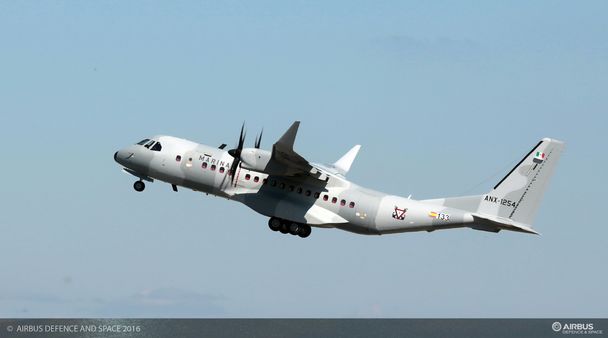
Different versions for different missions
In addition to its transport version, which has been able to cover these key missions in Latin America, the C295 has other versions, such as maritime patrol (MPA) and search and rescue (SAR), which are operated respectively by Chile and Brazil.
The maritime patrol version (MPA) is capable of detecting, monitoring and taking action towards submarines thanks to its sonobuoys and Magnetic Anomaly Detector (MAD), but it can also be key to firefighting - another major task in the region. In these cases, the C295 MPA can act as a guide aircraft or, as the Chilean aircraft has demonstrated already thanks to its optical and infrared cameras, it is also capable of detecting and monitoring different outbreaks of fires, enabling it to fight them from a very early stage.
Its search and rescue (SAR) version is essential for countries such as Brazil, which employs it to monitor ships, detect oil spills or for rescue operations at sea.
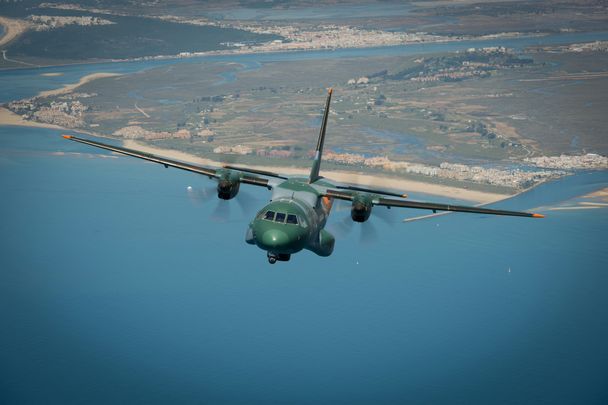
In order to optimise fleet availability, a Services organisation is available to regional operators to cover all support needs that may arise: from materials and spare parts to training and technical support, depending on the needs of each operator.
On a global scale, the C295 has reached the milestone of 300 orders in 2024 with more than 80% market share; a world leader to meet current and future operational challenges.


